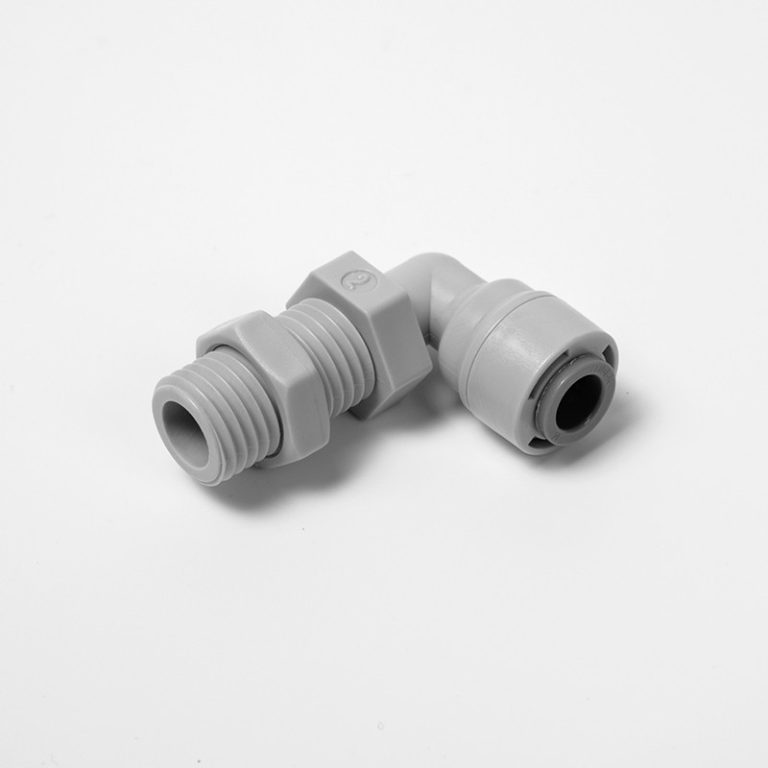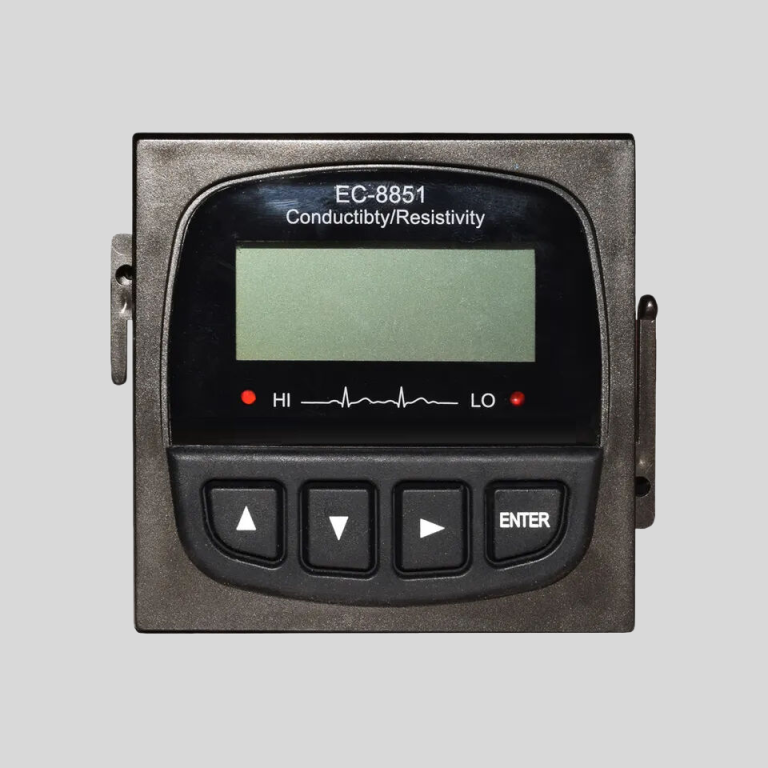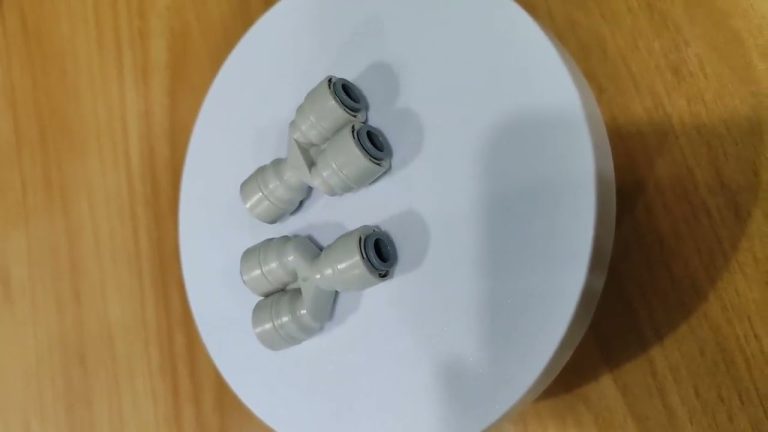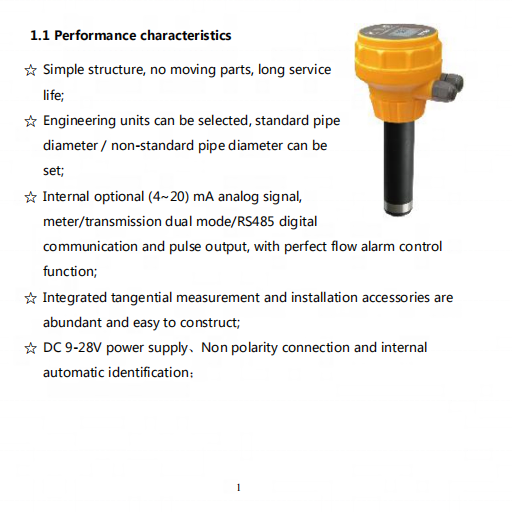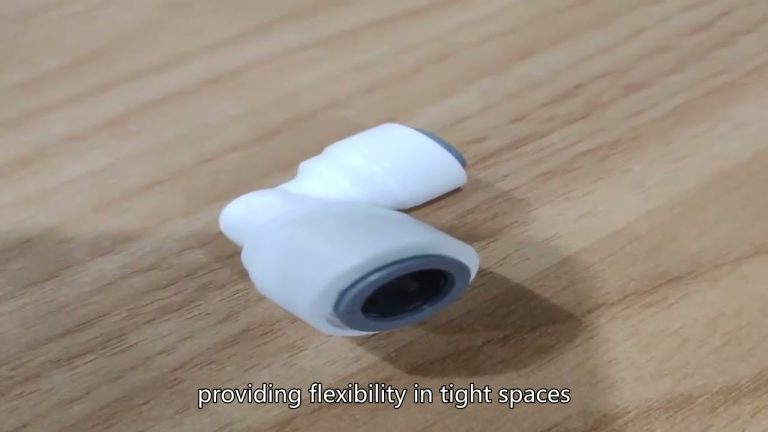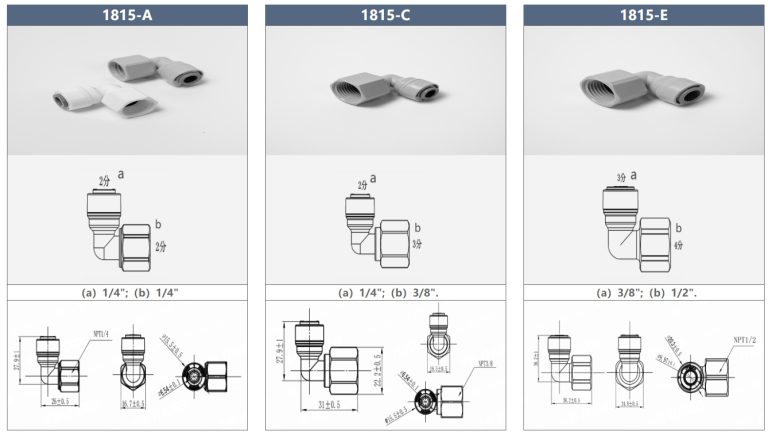Softening water: Removing minerals for a purer experience.
The Impact of Water Softening on Mineral Content
Water softening is a common practice used to remove minerals from water. Many people choose to soften their water to improve its taste, reduce scale buildup in pipes and appliances, and extend the lifespan of their plumbing system. However, there is a common misconception that water softening completely removes all minerals from the water. In reality, while water softening does reduce the concentration of certain minerals, it does not eliminate them entirely.
| Model | Central tube | Drain | Brine tank connector | Base | Power supply parameters | Maximum power | Pressure parameters | Operating temperature |
| 9100 | 1.05″ O.D. | 1/2″NPT | 1600-3/8″ | 2-1/2″-8NPSM | 24v,110v,220v-50Hz,60Hz | 8.9W | 2.1MPa | 1℃-43℃ |
| 0.14-0.84MPa |
Water softening primarily targets minerals such as calcium and magnesium, which are responsible for the hardness of water. Hard water can cause a variety of issues, including the formation of scale in pipes and appliances, reduced efficiency of soaps and detergents, and a less pleasant taste. To combat these problems, water softeners use a process called ion exchange to remove the calcium and magnesium ions and replace them with sodium ions.
During the ion exchange process, the water passes through a resin bed inside the water softener. This resin bed is made up of tiny beads that are coated with sodium ions. As the water flows through the resin bed, the calcium and magnesium ions in the water are attracted to the sodium ions on the resin beads. The calcium and magnesium ions are then trapped on the resin beads, while the sodium ions are released into the water.
While this process effectively reduces the hardness of the water, it does not remove all minerals. In fact, the sodium ions that are added to the water during the ion exchange process can actually increase the mineral content. This is because sodium is a mineral itself, and its presence in the water contributes to the overall mineral content.
It is important to note that the mineral content of water is not necessarily a bad thing. Minerals such as calcium and magnesium are essential for our health and well-being. They play a crucial role in various bodily functions, including bone health, nerve function, and muscle contraction. Therefore, completely removing all minerals from the water may not be desirable or beneficial.
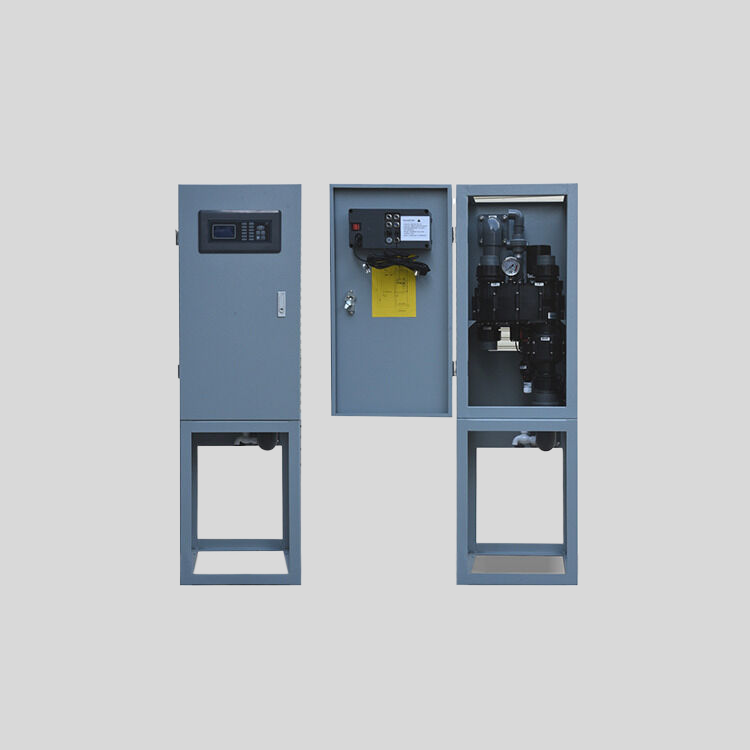
However, for individuals who are concerned about their mineral intake or have specific health conditions that require them to limit their mineral consumption, it may be necessary to consider alternative methods of water treatment. Reverse osmosis, for example, is a water filtration process that can effectively remove minerals, as well as other contaminants, from the water. This method uses a semipermeable membrane to separate the water molecules from the dissolved minerals and impurities.
In conclusion, water softening does reduce the concentration of certain minerals, such as calcium and magnesium, but it does not remove them entirely. The ion exchange process used in water softeners replaces the calcium and magnesium ions with sodium ions, which can actually increase the mineral content of the water. While the mineral content of water is not necessarily a bad thing, individuals who are concerned about their mineral intake may need to explore alternative methods of water treatment, such as reverse osmosis. It is important to consider personal preferences and health needs when deciding whether to soften water and to understand the impact it may have on mineral content.

